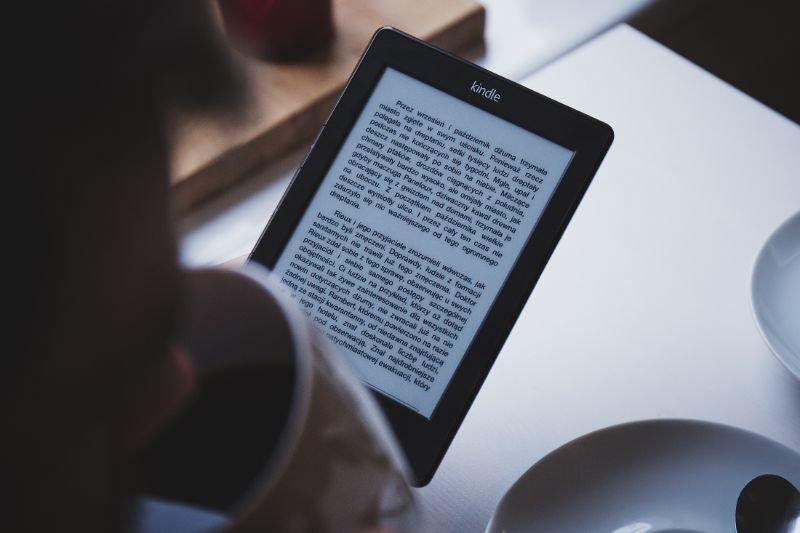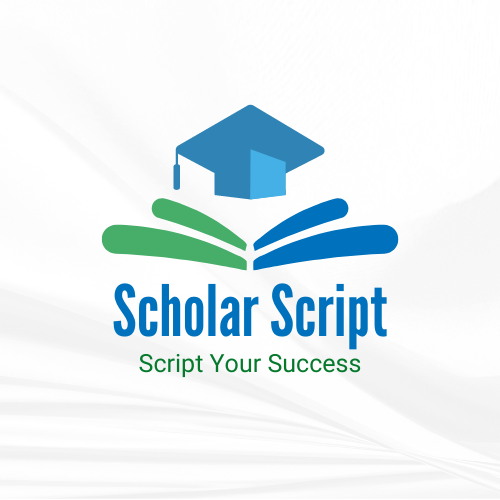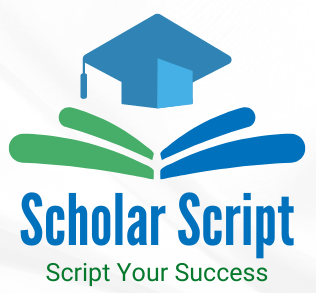Students and bookworms! In this digital age, we’ve got a dilemma on our hands – E-books vs. Printed Textbooks.
It’s like choosing between pizza and tacos; both are awesome, but which one satisfies your learning hunger better?
Let’s explore this battle of words and pages, weighing the pros and cons, and see which one comes out on top.
The E-book Euphoria
First up, let’s talk about E-books. These little wonders have stormed into our lives, offering a whole new way to gobble up knowledge.
The best part? You can carry an entire library in your pocket. Imagine lugging around a stack of Printed Textbooks – not so cool, right?

E-books also come with some nifty features. Adjusting the font size? Check.
Reading in bed without disturbing your roommate with a night mode? You got it.
But wait, there’s more! E-books can turn your science class into a 3D adventure with interactive models and videos.
Learning complex stuff just got a whole lot easier.
The Printed Textbook Nostalgia Trip
Now, let’s switch gears and go old-school with Printed Textbooks.
There’s a charm to flipping those pages, feeling the paper under your fingers, and that sweet smell of ink.
It’s like holding a piece of history in your hands.

In the academic arena, Printed Textbooks are the OG.
No need for batteries or Wi-Fi – they’re always ready to roll.
And don’t get us started on highlighting and jotting down notes; Printed Textbooks practically beg for your scribbles.
Battle of the Formats
Let’s break down the pros and cons of E-books vs. Printed Textbooks, quick and easy:
Portability and Convenience:
– E-books: Your library in your pocket.
– Printed Textbooks: Traditional, no-battery-needed experience.
Interactivity and Multimedia:
– E-books: 3D models, videos, and interactive content.
– Printed Textbooks: Classic reading experience.
Cost-effectiveness:
– E-books: Often cheaper, especially for digital versions.
– Printed Textbooks: Can break the bank, especially hardcovers.
Environmental Impact:
– E-books: Eco-friendly with minimal paper use.
– Printed Textbooks: Paper guzzlers, not so green.

Yep, both have their perks and quirks, and the winner depends on your tastes and needs.
The Classroom Showdown
Education is where the action’s at.
E-books have sneaked into classrooms, jazzing up the learning experience.
Imagine your biology textbook coming to life with 3D cells and animated DNA strands. Cool, right?
But hold on – accessibility is the ace up Printed Textbooks’ sleeve.
Not everyone has a fancy tablet or internet access.
Printed Textbooks level the playing field, making sure everyone has a shot at learning.
The Reading Riddle
Now, let’s tackle the elephant in the room – our reading habits.
E-books, with their notifications and the temptation to check Instagram mid-chapter, can be distracting.
It’s tough to have a deep, focused reading session when your phone keeps buzzing.

On the flip side, E-books have made reading a breeze for those who couldn’t hit the library before.
Instant access to books? Count us in!
That’s led to a reading revival among some groups.
The Power Play of Publishers and Authors
Oh, the publishing game – it’s like a chess match between E-books and Printed Textbooks.
Publishers are releasing both versions, but E-books often come with a price tag that won’t break the bank.
However, some E-books can be sneaky and cost almost as much as their printed buddies.
Authors are getting in on the action too.
Some release digital-only novellas or bonus content that’s exclusive to E-books.
So if you’re a die-hard fan, you might want to hop on the E-book train.
But hold up – in the academic world, Printed Textbooks still rule the roost.
Professors often stick with printed materials, and that can sway your choices.
The Accessibility Angle
Accessibility is a big deal. E-books are like superheroes for visually impaired readers, with adjustable fonts and other tricks up their sleeve.
But here’s the twist – not everyone has the tech to access E-books.
That’s where Printed Textbooks come to the rescue.
No gadgets needed, just plain old books.

However, it’s worth noting that efforts are underway to make E-books more accessible.
Screen readers and assistive technologies are being developed to accommodate individuals with disabilities.
Inclusivity in E-book design is improving, but there is still progress to be made to ensure that E-books are truly accessible to all.
The Hybrid Heroes
Some folks are saying, “Why choose when you can have both?”
Meet the hybrid readers who dabble in both E-books and Printed Textbooks.
They grab E-books for their daily commutes, thanks to the portability, but switch to Printed Textbooks for those deep-dive study sessions when distractions from screens are the enemy.

This hybrid approach gives you the best of both worlds, catering to your specific needs and whims.
The Future of Learning and Reading
What does the crystal ball say about the future?
Well, E-books and Printed Textbooks are here to stay.
Both have unique strengths, and they’ll coexist in the learning and reading landscape.

The key is to empower you to choose what works best for your style and situation.
As tech keeps evolving, you’ll have more options than ever.
Frequently Asked Questions
1. Are E-books cheaper than Printed Textbooks?
Often, yes. E-books can save you some cash, especially for digital versions. However, the price difference can vary depending on the specific book and edition.
2. Are E-books bad for the environment?
Nope! E-books are eco-friendly because they use minimal paper. However, the manufacturing and disposal of electronic devices can contribute to e-waste.
3. Can I highlight and make notes in E-books?
Absolutely! Many E-book readers let you annotate and highlight, just like you do with Printed Textbooks.
Conclusion
To sum it up, the E-books vs. Printed Textbooks showdown isn’t going away.
The choice is yours, my fellow book lovers.
Whether you’re Team E-book or Team Printed Textbook, keep reading, keep learning, and enjoy the knowledge buffet that both have to offer.
The future of reading is a wild ride, and you’re in the driver’s seat.
The key is to find the format that suits your lifestyle and enhances your reading and learning experience.

Education Expert & Blogger
As an education enthusiast passionate about knowledge sharing, I’m dedicated to empowering students and learners in their academic pursuits.
With a background in the field of Foods, Nutrition, & Dietetics (FND) Bachelor’s Degree, I specialize in delivering well-researched content on a wide range of educational topics.
I aim to provide readers with valuable insights, credible advice, and practical strategies to excel in their studies while ensuring their well-being.
With a commitment to accuracy and expertise, I bring years of experience to each blog post, aiming to impact students’ educational journey positively.
Your success in both learning and life is my utmost priority, and I’m thrilled to be your trusted guide in this exciting adventure.



